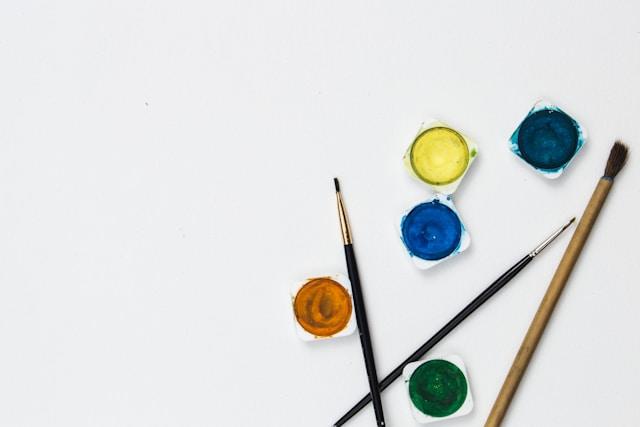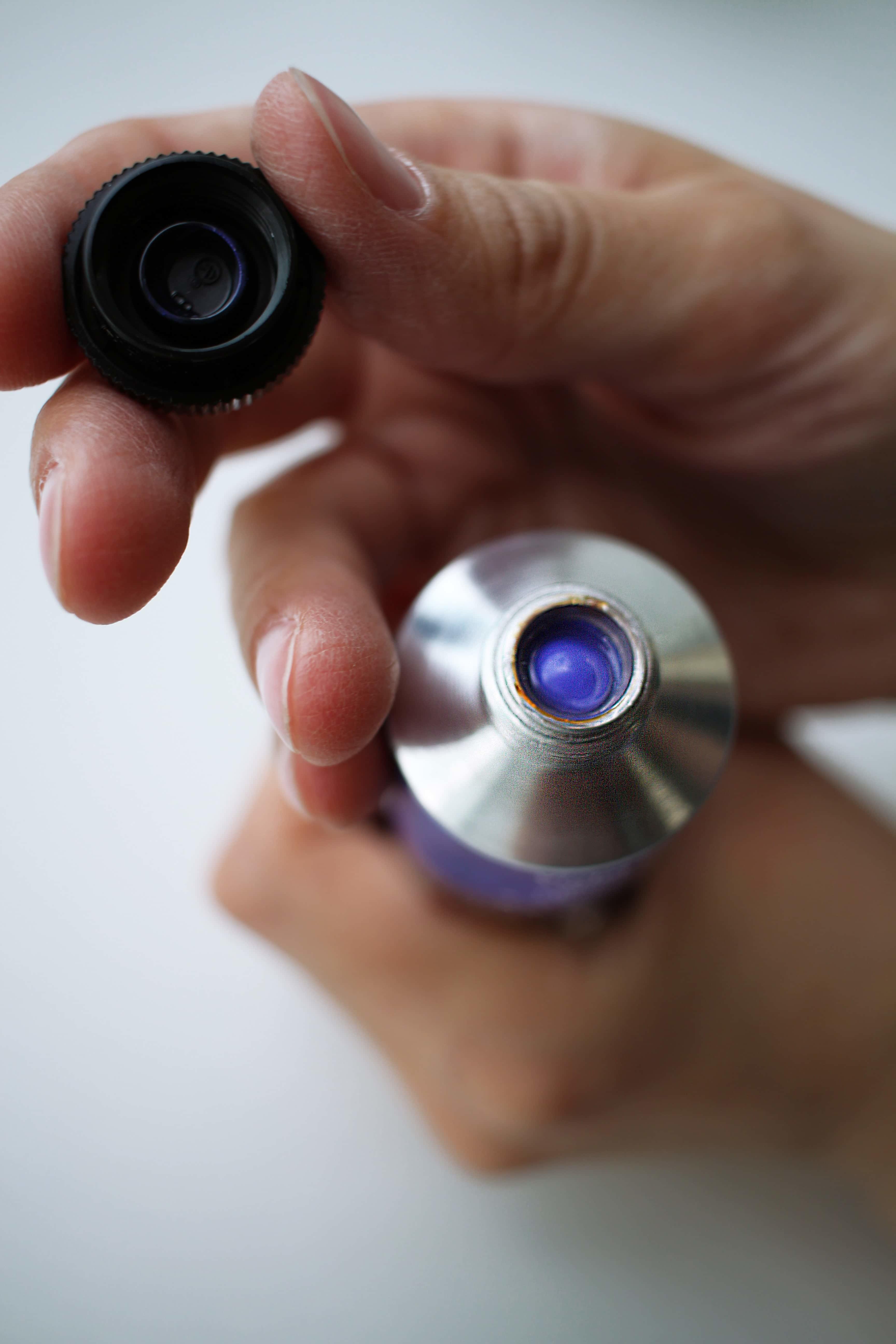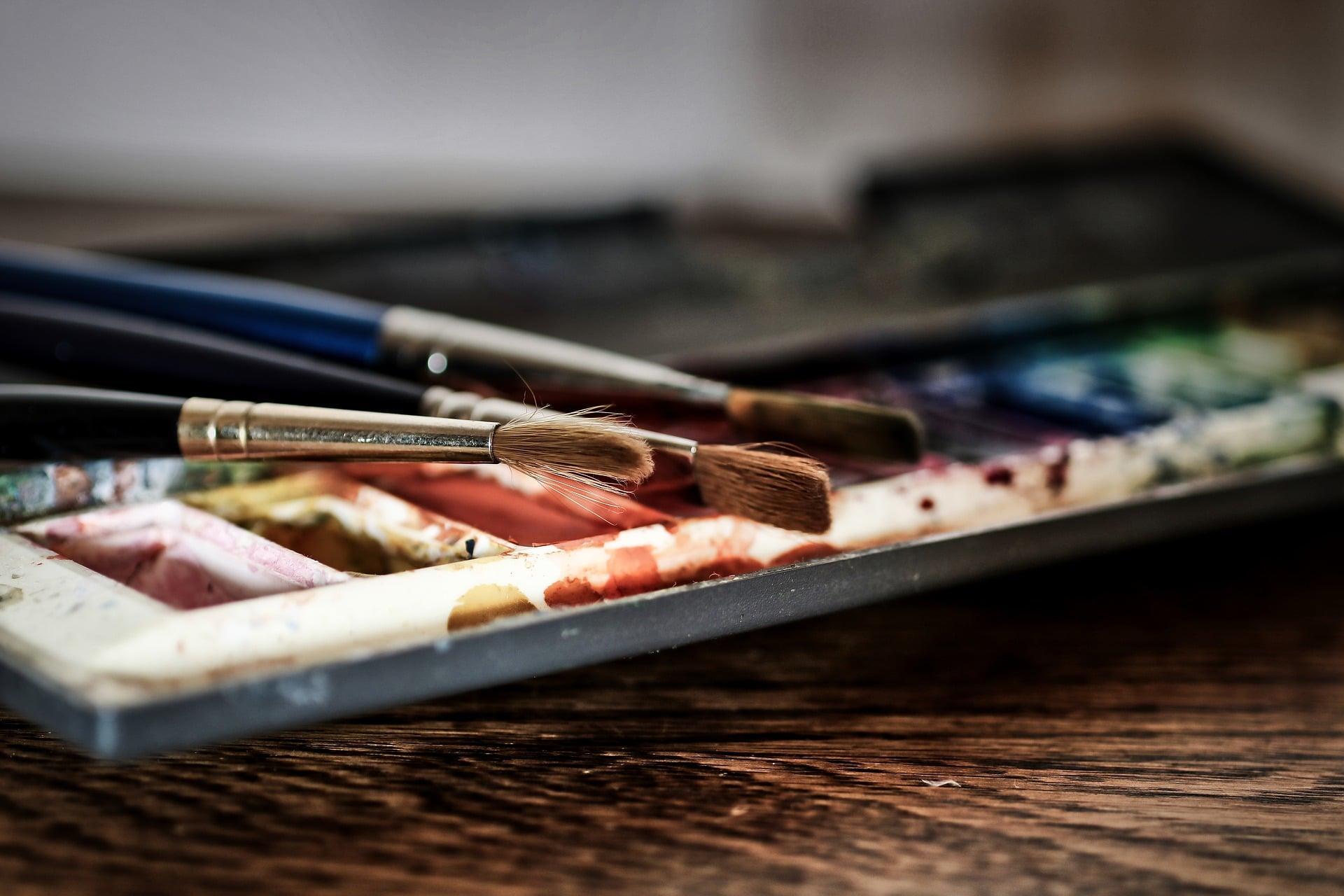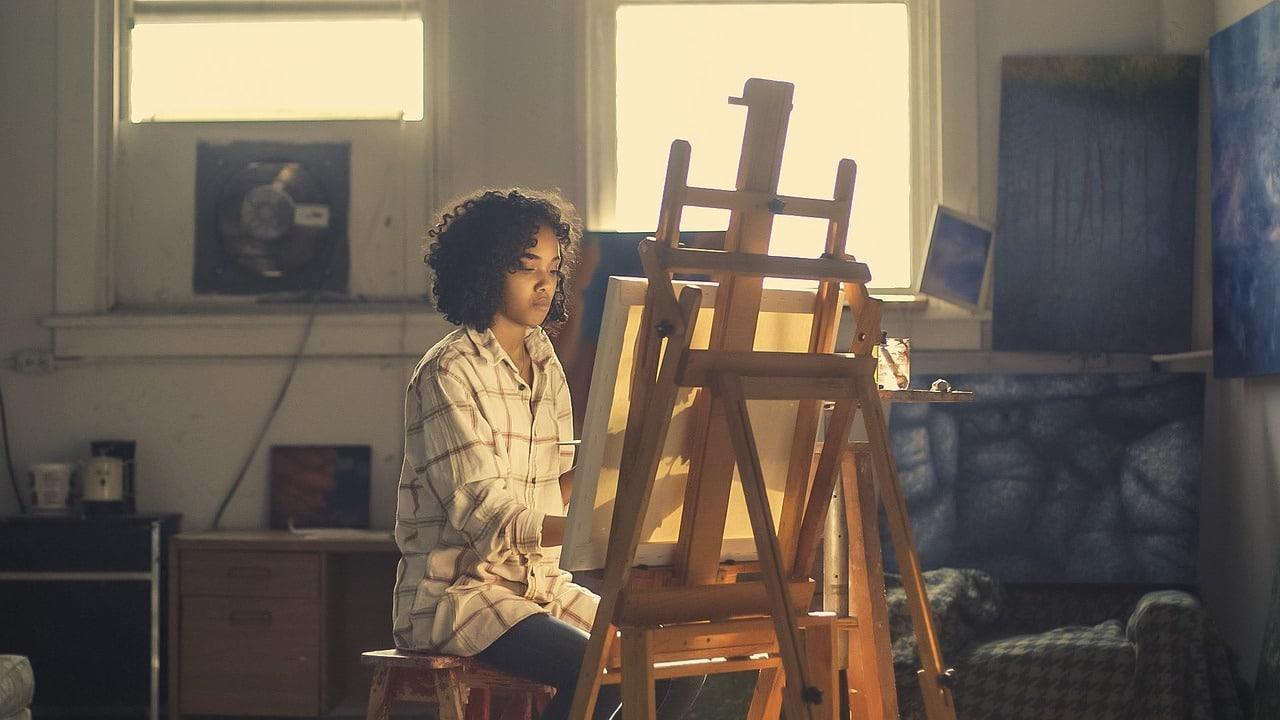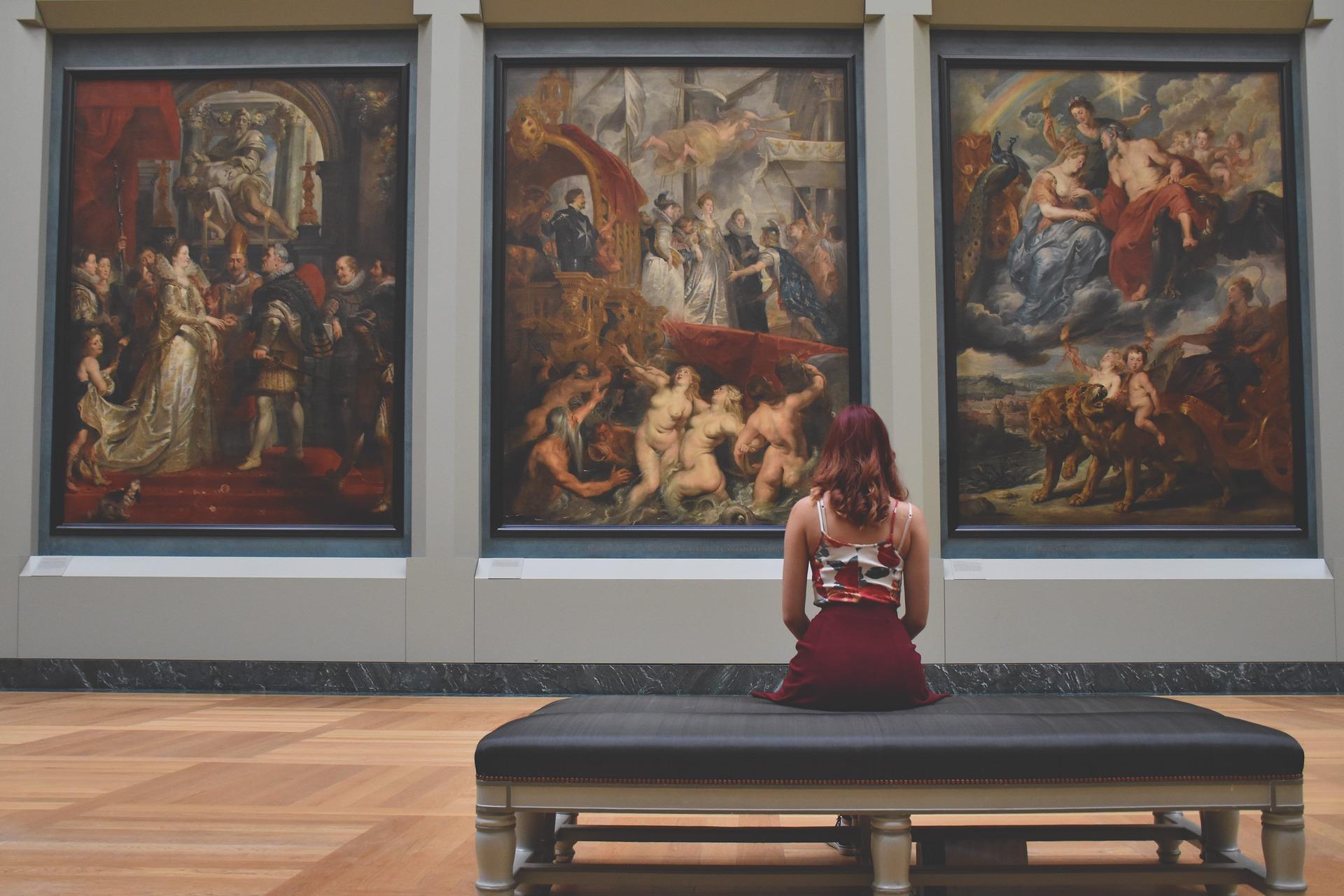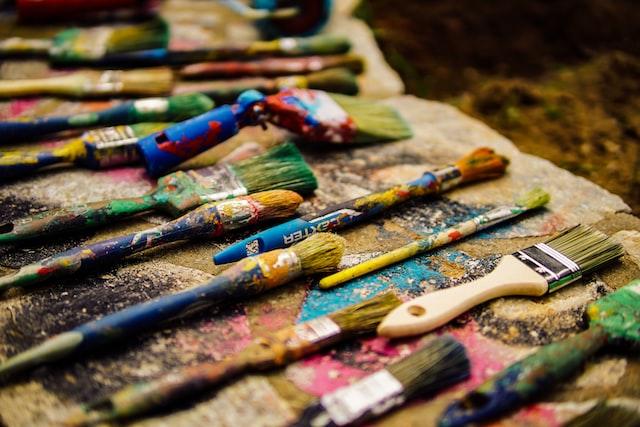Think about this. You don't randomly step into the kitchen to cook something when you are unsure of the ingredients, the purpose of each ingredient or what you are about to cook.
Likewise, having a basic knowledge of what you need to prepare, to learn and to understand before painting is essential to make the whole process smooth and enjoyable later.
There's no point having a whole lot of wonderful imagination in your head without knowing the right way to execute them on paper, through a good painting.
In this article, we will go through five steps that you can follow to enjoy and excel at painting as a beginner.

Step 1: Get To Know Your Painting Materials
Let's take a look at some painting materials that you can prepare/ research in advance.
Drawing materials
If you are an absolute newbie, there's a high chance that you will sketch or outline what you are about to draw before painting. So be sure to get your pencils, erasers, or even charcoal pencils near you as you begin your first step.
Types of brushes
The next tool that you should start looking for is definitely a good set of painting brushes. Round brushes are pretty common and one of the most versatile brushes because they have broader strokes and cover large areas at a faster rate.
If you are looking for a brush that is good for blending and softening edges, you should get yourself a Filbert brush with an oval-shaped end. For those of you who are looking into painting fine art with intricate details and borders, you need to get yourself a set of linear brushes. On the other hand, if you are looking to have a bigger painting, you can invest in a good set of flat brushes.
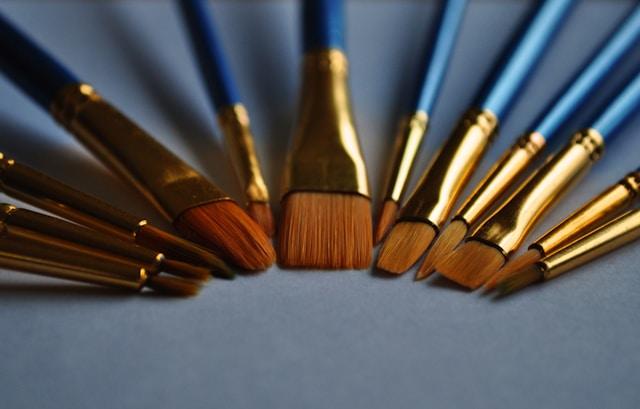
Photo by Anna Daudelin on Unsplash
Types of paint
Depending on your art preferences and painting style, you can choose from these three most common paint types: watercolour, acrylic paint, and oil paint.
There are different types of watercolour paint sets, ranging from basic 12 colours to 50-colour assortments which cover different colour hues of the primary and secondary colours of the colour wheel. It is typically used on delicate surfaces like paper to create a transparent layered effect.
Acrylic paint is also another water-based paint but it becomes water-resistant upon drying. Like watercolour, the intensity of acrylic paint can be easily adjusted (dilute or thick) according to the overall composition of the painting. It can be used on a wider range of surfaces such as canvas, paper, fabric and even wood.
Another commonly used paint is none other than oil paint. Known for its rich colours and slow-drying properties, it makes the whole painting more durable as compared to watercolour and acrylic paint.
Painting accessories
Some examples of painting accessories that you should get ready are towels or clothes for you to wipe your brushes as you switch to different colours, palettes and palettes cups to make sure you get the right amount of colour that you want (without any unnecessary mixture).
You should also prepare an apron and a set of gloves to protect your clothing and hands from paint stains, especially if you plan to work with oil paints. If you intend to do a long-term painting project, indoors or outdoors, you can also get a good easel to support your painting, no matter where you're heading.
Expand your knowledge of the applications of various painting mediums in your artwork.
Step 2: Learn The Beauty of Colour Theories and Combinations
We have mentioned briefly about the colour wheel just now. Mastering the dynamics of the colour wheel can transform the way we paint.
Like it or not, colours are pretty much the first thing that catches our eye when we see a painting. Colours have a great impact on how an artwork is perceived.
You'll be surprised that the colour wheel was invented by the same individual who discovered gravity, Isaac Newton.
The colour wheel enables us to determine which colours make the best combination to create beautiful harmony and synergy.
There are altogether 12 primary colours in the colour wheel, which can be divided into three types:
Primary colours [Colours that create pure white light when mixed]
- Red
- Yellow
- Blue
Secondary colours [Colours that are formed after mixing two primary colours]
- Purple
- Orange
- Green
Tertiary colours [Colours formed by mixing one primary colour and secondary colour]
- Red-Purple
- Blue-Purple
- Yellow-Green
- Blue-Green
- Yellow-Orange
- Red-Orange
If you are unsure which colour to pick, you can first think of an overall vibe for the painting. Do you want it to be fiery and bold, or do you want it to be mild or gentle? Then you can decide to choose from warm colours (red to yellow) or cool colours (green, blue, purple).
From there, you can work on different colour combinations. For example, colours that are opposite on the colour wheels are called complementary colours. When put together, they will create a visual contrast to make the painting brighter.
To have a refreshing view, you can also opt for an analogous colour scheme that is made up of three colours that are next to each other in the colour wheel.
Meanwhile, don't forget to check out these amazing painters who possess great artistic sense of colours and textures.

Step 3: Master Basic Painting Techniques With A Tutor
After acquiring your tools and equipping yourself with colour theory knowledge, it's time to put them into real-life action.
It's best to experiment with different brushing strokes before you go on to learn about painting techniques such as the glazing technique, impasto technique, wet-on-wet technique and splattering technique.
As an absolute newbie to painting, it could be quite overwhelming in the beginning.
Fret not, you can learn these fundamental painting techniques under the guidance of an experienced tutor!
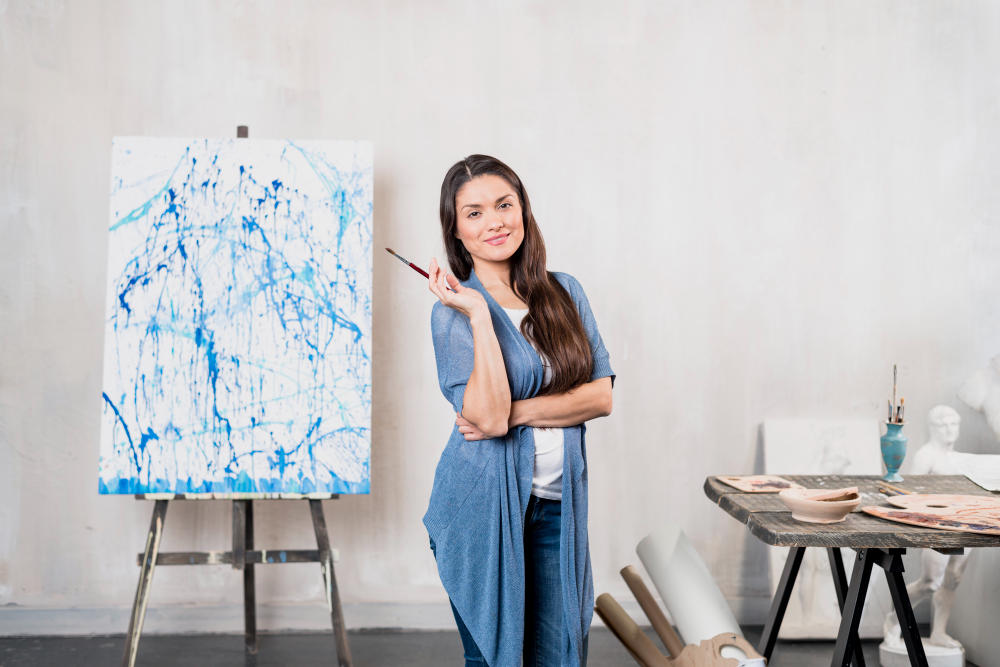
Image by Freepik
At Superprof, you can find the perfect painting tutor from different locations in Malaysia, and even from overseas too!
Superprof is a dynamic tutoring platform that connects tutors and students most effectively. Whether you are looking for a home tutor or an online tutor, you can just head to the Superprof Malaysia homepage and start browsing the profiles of the painting tutor.
You can not only learn more about the area of specialisation of the tutor, but you could also gauge the average rate of hourly lessons of the tutors around your location. For example, the average rate for painting lessons in Kuala Lumpur may differ from the ones in Johor Bahru or Kuching.
Learning with a private tutor allows you to take as much time to master your basics and immerse yourself in the whole process without worrying about a rigid learning structure.
Most importantly, you can receive immediate feedback from an experienced tutor on your pace, progress and improve consistently with every lesson. This will eventually build your confidence to pick up more advanced painting techniques along the way.
Step 4: Explore Art History and Examples of Artwork
So you have mastered the necessary painting techniques, what's next?
Familiarising yourself with different painting styles from different art movements can give you a good point of reference as to what to start painting. Not only that, you can also observe the different characteristics of different art movements and apply them directly while you are painting.
You can start by copying some classic paintings from different art movements. For instance, you can look up famous artworks from different art movements on the Internet, print a copy and slowly refer to that while you are painting too.
Here are some notable examples:
- Mona Lisa by Leonardo da Vinci (Renaissance)
- Girl with a Pearl Earring by Johannes Vermeer (Dutch Golden Age)
- Wanderer above the Sea of Fog by Caspar David Friedrich (Romanticism)
- Water Lily by Claude Monet (Impressionism)
- Starry Night by Vincent van Gogh (Post-Impressionism)
- The Gleaners by Jean-François Millet (Realism)
- Drowning Girl by Roy Lichtenstein (Pop Art)
Apart from these Western paintings, you can also check out paintings by our very own talented Malaysian painters who have made a name for their own over the years.
We guarantee that you will develop a new appreciation towards different artwork and enjoy painting even more.
Step 5: Practice and Cultivate Your Painting Style
Truth be told, painting is a never-ending exploration journey. It is a continuation of trial and error, and countless experiments.
Whether you are learning painting as a hobby, or you are learning it professionally, it is important to set aside time to practice and practice. There is simply no shortcut to improve your painting techniques.
Not only that, you should diversify your painting range during your practice by trying out different painting styles, for instance. Instead of staying all day indoors, maybe you can take inspiration from the Impressionism movement where they started to paint outdoors there and then.
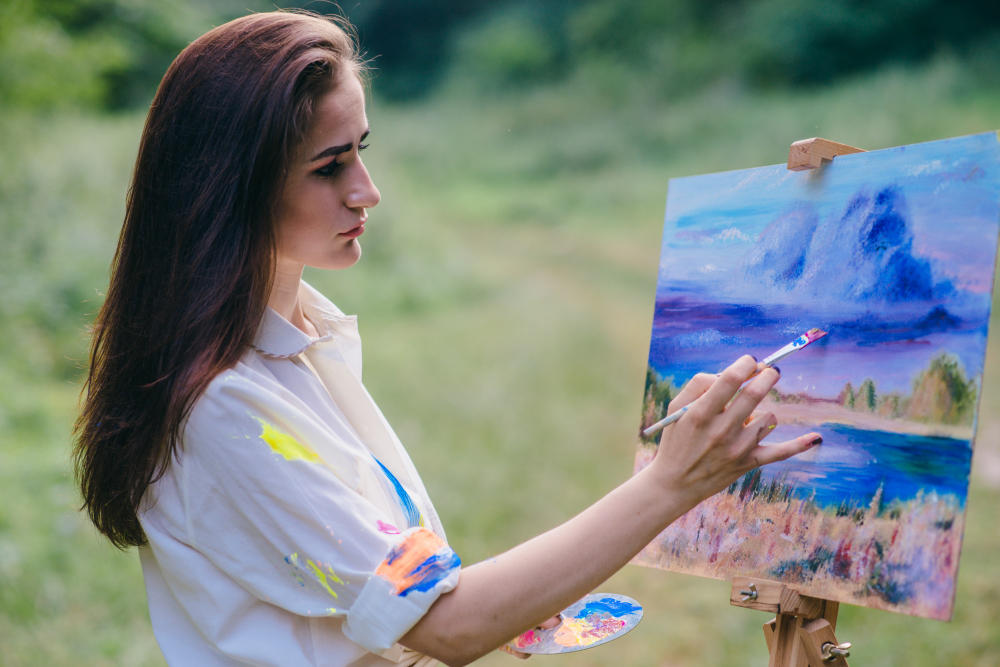
Image by prostooleh on Freepik
You can also try to paint different subjects, whether it's landscape, portrait, or even abstract art, feel free to try them all. In between, you can also try to incorporate your personal style. It could be a particular colour combination, a recurring pattern, or a favourite brushing technique that you are more confident in.
Sooner or later, picking the brush and mixing the colours will become the most natural thing for you. Before you know it, people will soon start recognising bits and pieces of your creativity while they look at what you have painted.
We hope these five steps will encourage you to take your first step to learn painting and make your imagination a reality.
It's not a matter of painting life, but a matter of giving life to painting- Pierre Bonnard

